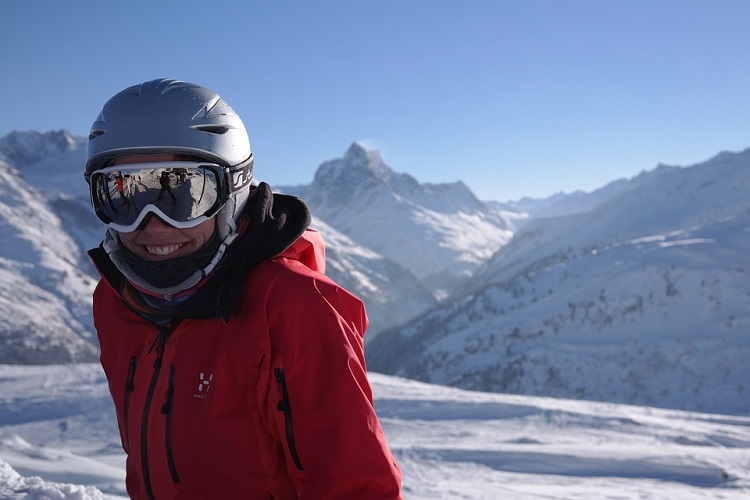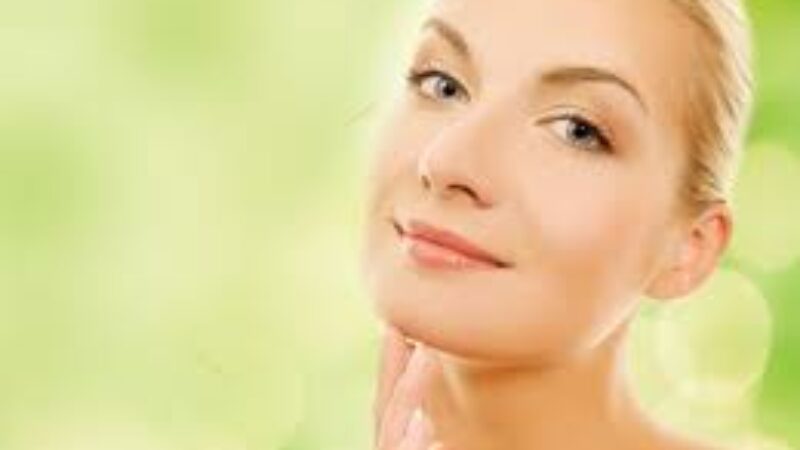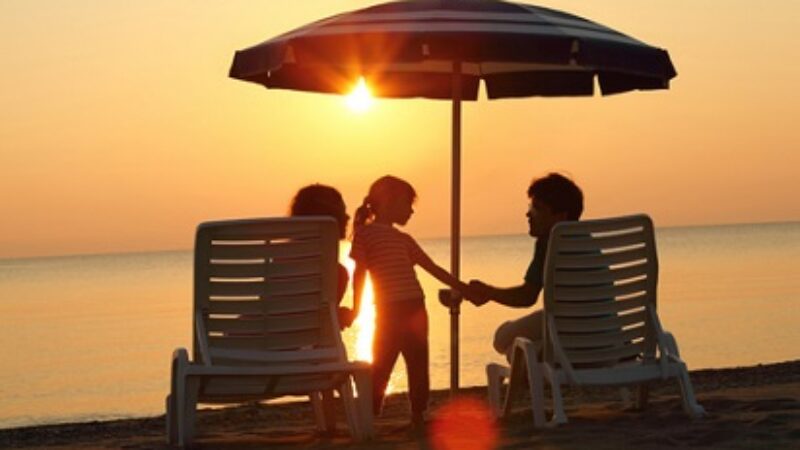If we took our cues from the arrival of sunscreen in our local stores, no one could blame us for thinking that spring and summer are the true sunscreen seasons, but frankly, in our opinion, it’s always sunscreen time.
Is it true that you don’t need sunscreen in the winter?
Although winter may not be considered prime sunscreen time, the sun’s UVA rays are just as prevalent as they are in the summer. These “aging rays” make no distinction between seasons. In fact, you may want to rethink your winter sunscreen abstinence when you consider these facts:
- The Earth is actually closest to the sun in the winter and farthest in the summer.
- The ozone acts like the Earth’s sunshield, absorbing some of the harmful UV rays before they near the ground. The problem is that the layer is at its thinnest in the winter. On the best of days, the ozone will absorb up to 90% of UVB (burning) rays but only 50% of UVA (aging) rays!
- Snow and ice might as well come with UV warnings. They can reflect up to 80% of UV rays, which not only cause skin cancer but are also the source of about 90% of all wrinkles, according to the U.S. Environmental Protection Agency.
- Attention, winter-sport enthusiasts: The higher the slopes, the higher your sun exposure. UV-radiation exposure increases about 5% with every 1,000 feet above sea level. Add in low humidity that can dry out your skin and leave it open to even more UV damage and you’ve got a serious case of raccoon eyes.
Taking a break from the frigid temperatures?
Make sure you apply your sunscreen before getting on the plane. Although windows block UVB rays, the longer, more penetrating UVA rays are no match for glass. In fact, a 2015 study in the Journal of the American Medical Association revealed that a 56-minute flight exposed pilots to the same UVA radiation as a 20-minute tanning bed session. That tiny window you sit next to on the plane may be giving you more than a view of the clouds. Let’s not even talk about having a corner office with floor to ceiling windows!
Should you wear sunscreen if you work outside?
Those whose work takes them outside are even more exposed to the damaging sun. According to a 2017 study published in the British Journal of Cancer, construction workers and farm workers are most at risk for skin cancer, accounting for over half of the deaths per year from melanoma. Others at particular risk include police officers, truck drivers, postal carriers and members of the armed forces. The challenge, however, is trying to get the message out that sunscreen is a daily necessity in these predominantly male professions. Although melanoma is an equal opportunity disease, men over the age of 50 are still more at risk than women of the same age.
Here are PhaMix, we carry a wide selection of our favorite broad spectrum Anthelios sunscreens that are suitable for all ages and skin types. Most are fragrance-free, quickly absorbed and leave no white finish on the skin, making them perfect for wearing every day for everyone in the family.
Give us a call if you need help deciding. We’re always happy to talk sunscreen!





